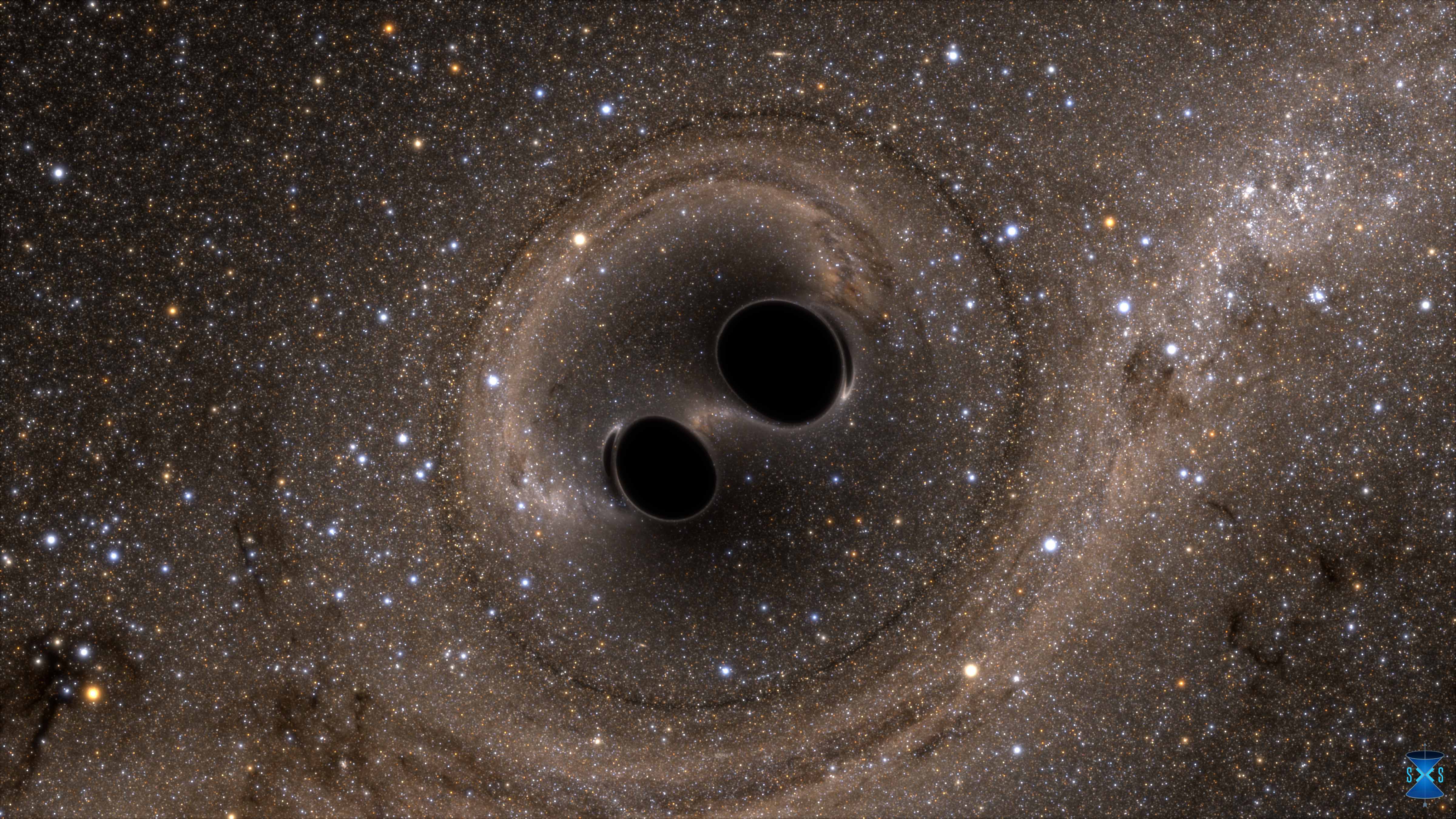
What now for gravitational waves?
In 2015, almost a century after Einstein published the general theory of relativity, one of its most important predictions was verified by direct detection: the production of gravitational waves in spacetime by accelerating objects. Since then, gravitational-wave astronomy has enabled tests of the nature of gravity and the properties of black holes, and in 2017 electromagnetic observations of a double neutron star merger producing gravitational waves led to a focus on multimessenger astronomy. US researchers review the history and accomplishments of gravitational-wave astronomy and look towards the future.
Journal/conference: Nature
Link to research (DOI): 10.1038/s41586-019-1129-z
Organisation/s: University of Maryland, USA
Attachments:
Note: Not all attachments are visible to the general public
News for:
International
Media contact details for this story are only visible to registered journalists.

